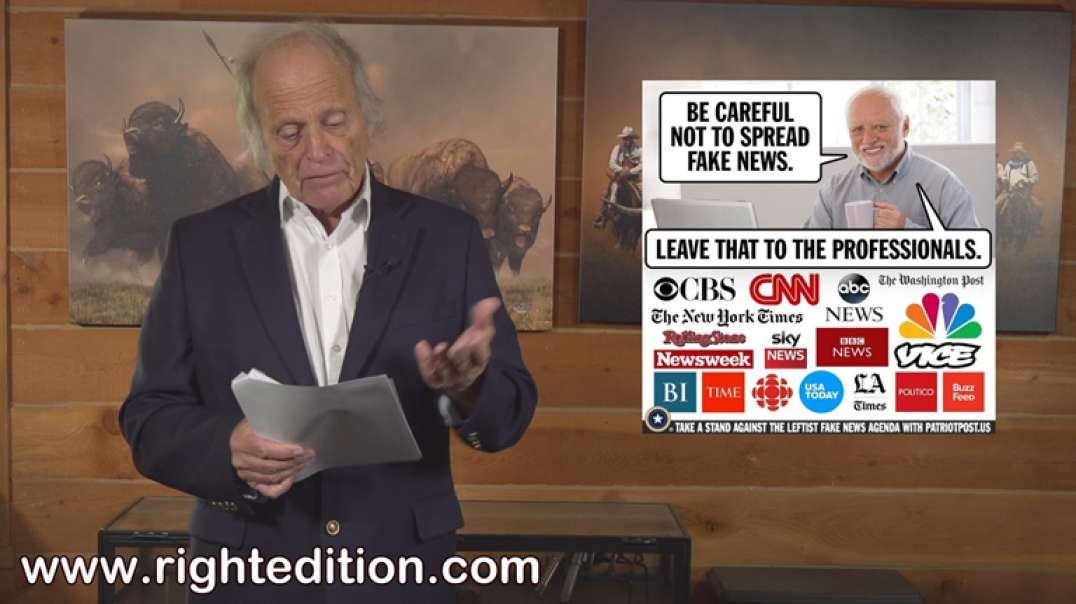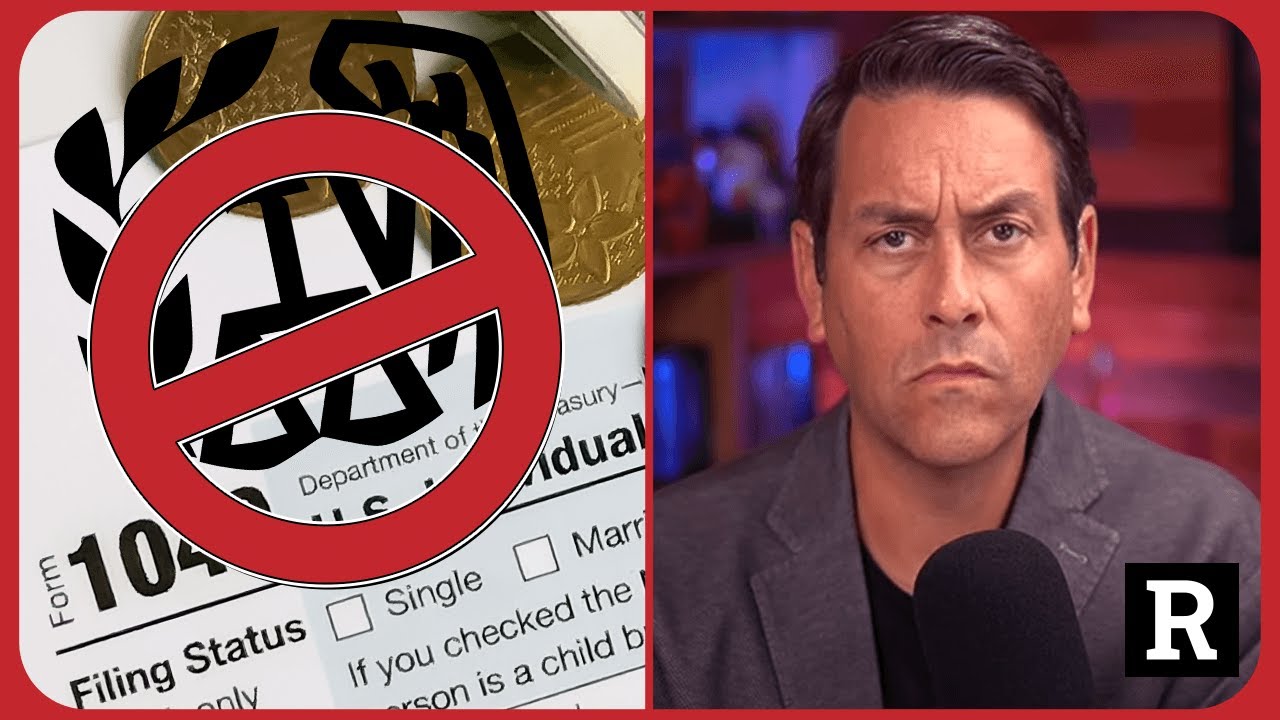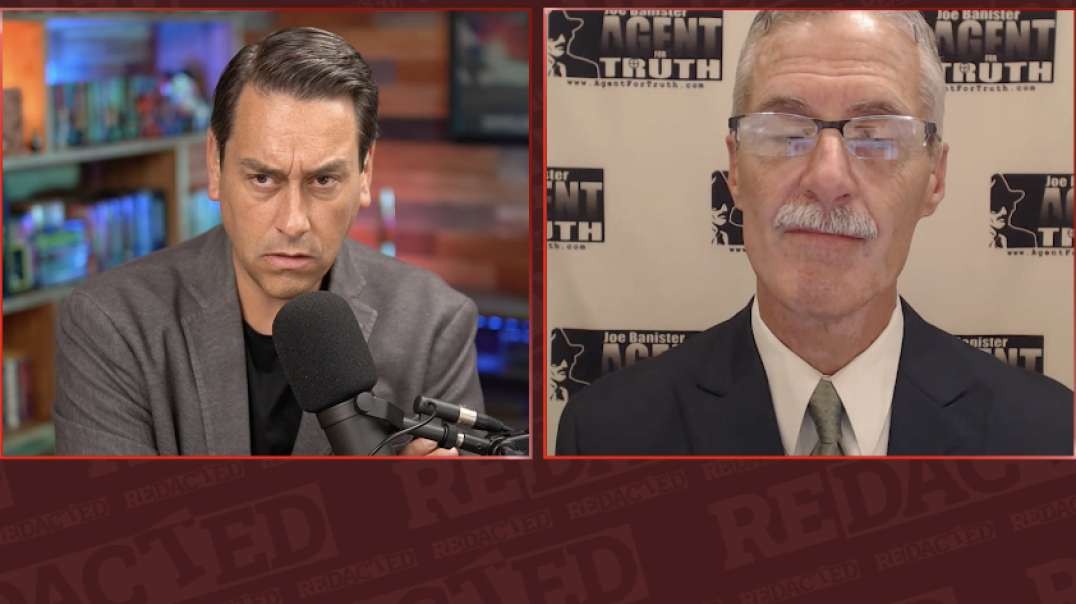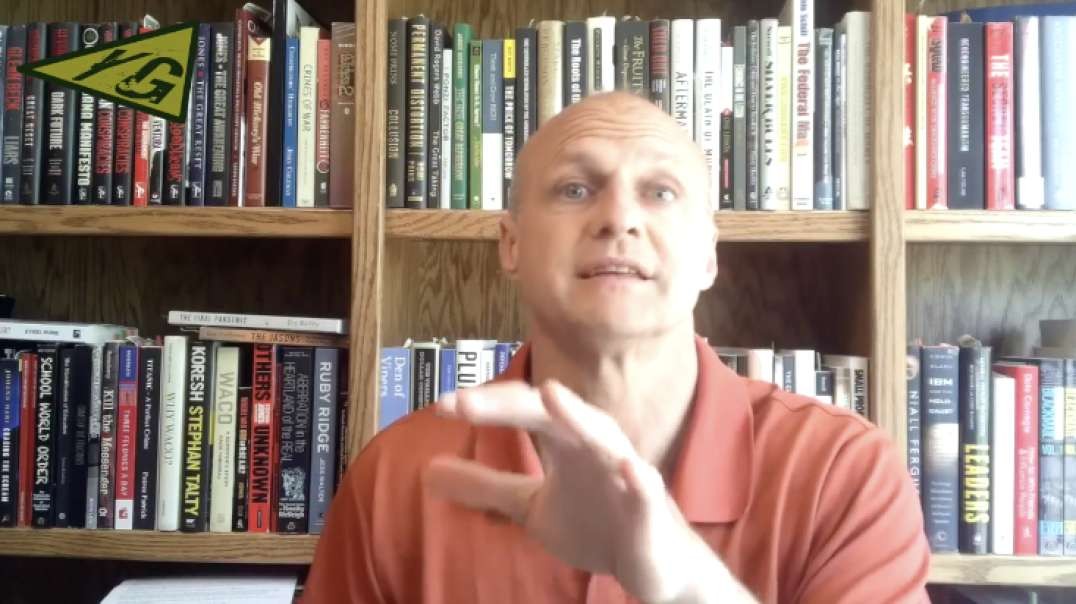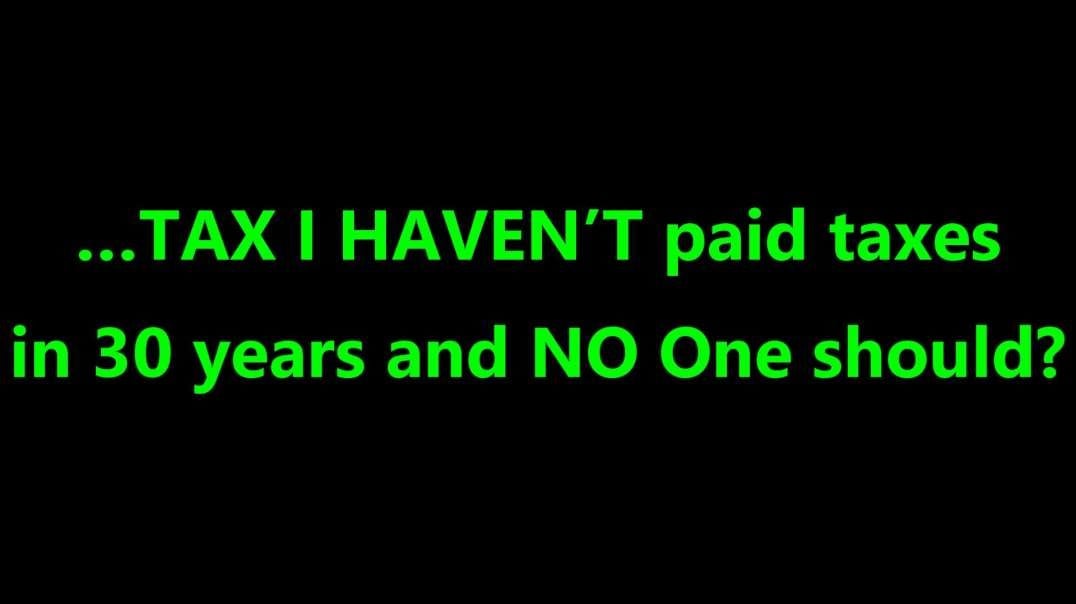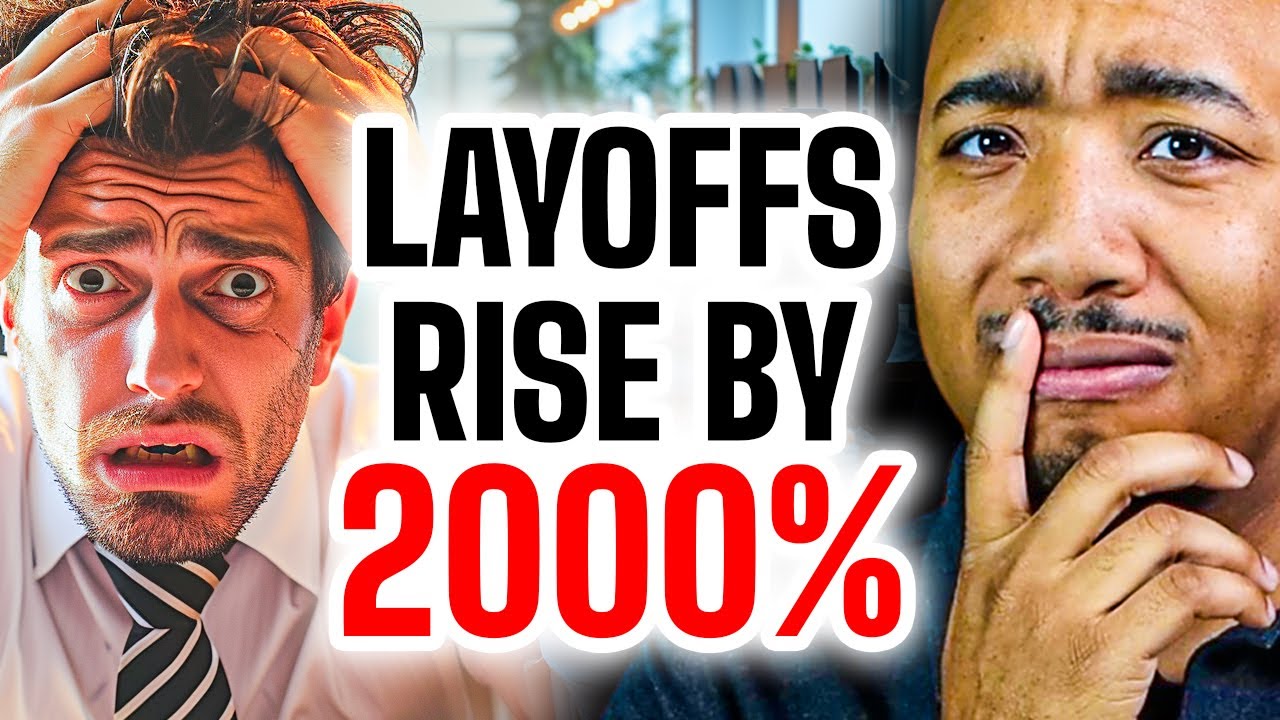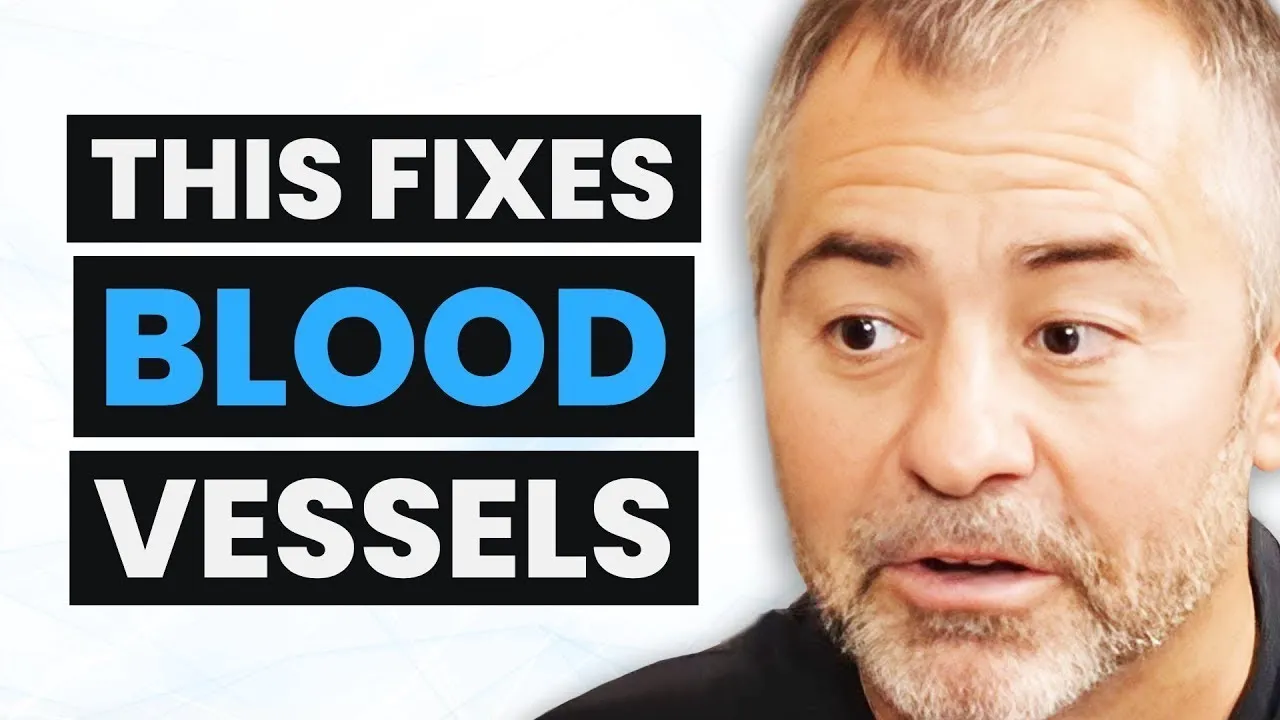Lower Taxes, Higher Revenue
Should tax rates be higher? It's the million dollar question! Up? Down? No change? Where in the world should taxes go? In election years, the question of tax rates fills the airwaves. In non-election years, the question of tax rates, again, fills the airwaves. So what's the answer? UCLA Professor of Economics Tim Groseclose explains his research on the topic. Basically, there's a certain point at which higher tax rates actually reduce the amount of revenue the government collects. What's that point? When are tax rates too high? Learn a valuable lesson in economics, and public policy.
Donate today to PragerU! http://l.prageru.com/2ylo1Yt
Joining PragerU is free! Sign up now to get all our videos as soon as they're released. http://prageru.com/signup
Download Pragerpedia on your iPhone or Android! Thousands of sources and facts at your fingertips.
iPhone: http://l.prageru.com/2dlsnbG
Android: http://l.prageru.com/2dlsS5e
Join Prager United to get new swag every quarter, exclusive early access to our videos, and an annual TownHall phone call with Dennis Prager! http://l.prageru.com/2c9n6ys
Join PragerU's text list to have these videos, free merchandise giveaways and breaking announcements sent directly to your phone! https://optin.mobiniti.com/prageru
Do you shop on Amazon? Click https://smile.amazon.com and a percentage of every Amazon purchase will be donated to PragerU. Same great products. Same low price. Shopping made meaningful.
VISIT PragerU! https://www.prageru.com
FOLLOW us!
Facebook: https://www.facebook.com/prageru
Twitter: https://twitter.com/prageru
Instagram: https://instagram.com/prageru/
PragerU is on Snapchat!
JOIN PragerFORCE!
For Students: http://l.prageru.com/29SgPaX
JOIN our Educators Network! http://l.prageru.com/2c8vsff
Script:
Let’s discuss an important concept from economics, the Laffer Curve.
This concept is named after the man who developed it, Arthur Laffer, a major American economist who has taught at the University of Chicago, University of Southern California, and elsewhere.
The Laffer Curve illustrates the two most important things we need to know about taxes: how much money the government can raise from taxes and at what level of taxation the government might start getting less, not more, revenue.
The Laffer Curve is illustrated here by a two-dimensional graph. The horizontal line is the tax rate that the government chooses, and the vertical line is the revenue that the government receives from that tax rate.
First, because zero times any number is zero, if the tax rate is zero, then the government receives zero revenue. Accordingly, zero-zero is our first point on the curve. Now suppose the government chooses a very small tax rate, say 1 percent. The government will then begin to receive some revenue from citizens. This means that another point on the curve must be something like this. Now suppose the government charges a 2 percent tax rate, then everyone would agree that it will receive even more revenue -- which means that another point on the graph must be something like this. And if the government keeps raising the rate, then revenue will continue to go up. at least when we’re in the low-tax-rate part of the graph.
This means that if we fill in the curve, it has an upward slope -- at least when we’re in the low-tax-rate-part of the graph.
Now suppose the government charges a 100% tax rate. If this happens, then no one would work. That is, why would anyone work when the government is going to take all the money that they make? And if no one works, the national income would be zero. This means that government revenue would be 100% of zero, or zero. This means that another point on the curve must be here.
Now let’s complete the curve. When we do, we see that the curve must have a hump. That is, it could look like this, or this, or this, but it has to have a hump. This is simply because the revenue line has to go up in the low tax-rate part of the graph and has to start going down to reach the point we drew at the 100% tax rate.
But if the curve slopes downward it implies something remarkable -- something that few of those who push for higher and higher taxes want to admit. It means that when tax rates are high, if you make them higher, you’ll actually bring in less revenue to the government.
This has in fact occurred in practice. For instance, during the Great Depression, when Congress passed the Hawley-Smoot tariff bill, although the bill raised taxes on imported goods, the revenue that came from those taxes actually decreased. A more recent example occurred in the early 1980s. After President Reagan and Congress drastically reduced the tax rates on the rich, the tax revenue that came from the rich actually increased.
For the complete script, visit https://www.prageru.com/videos/lower-taxes-higher-revenue


